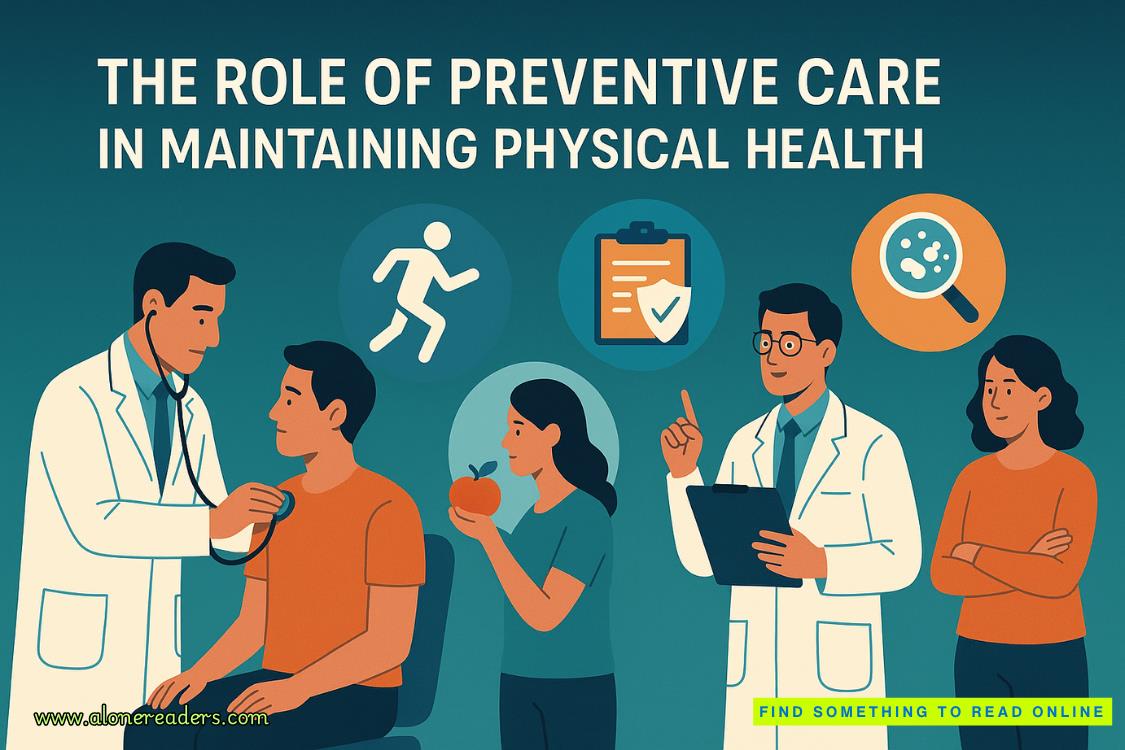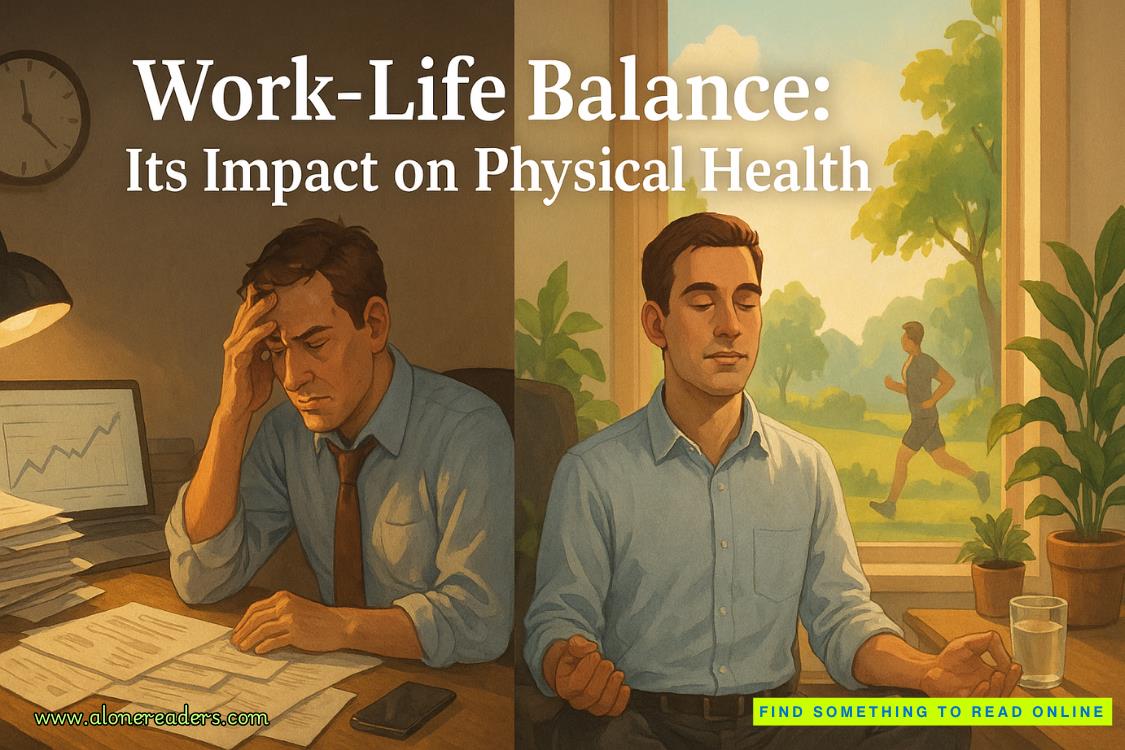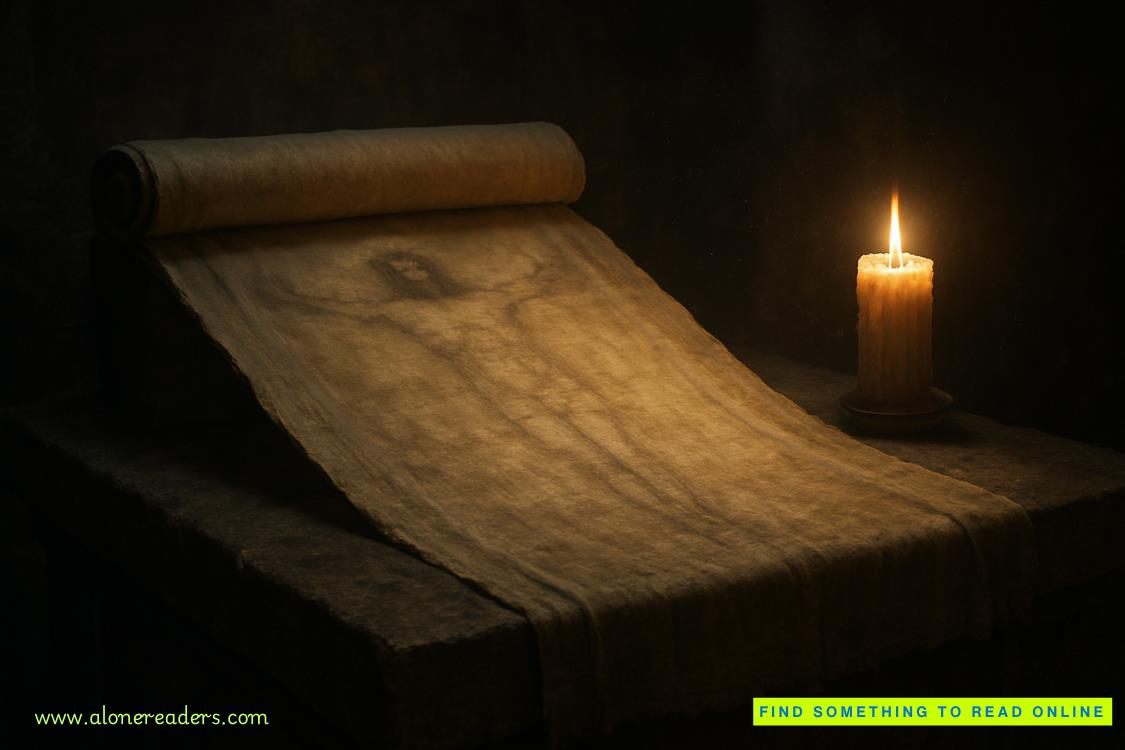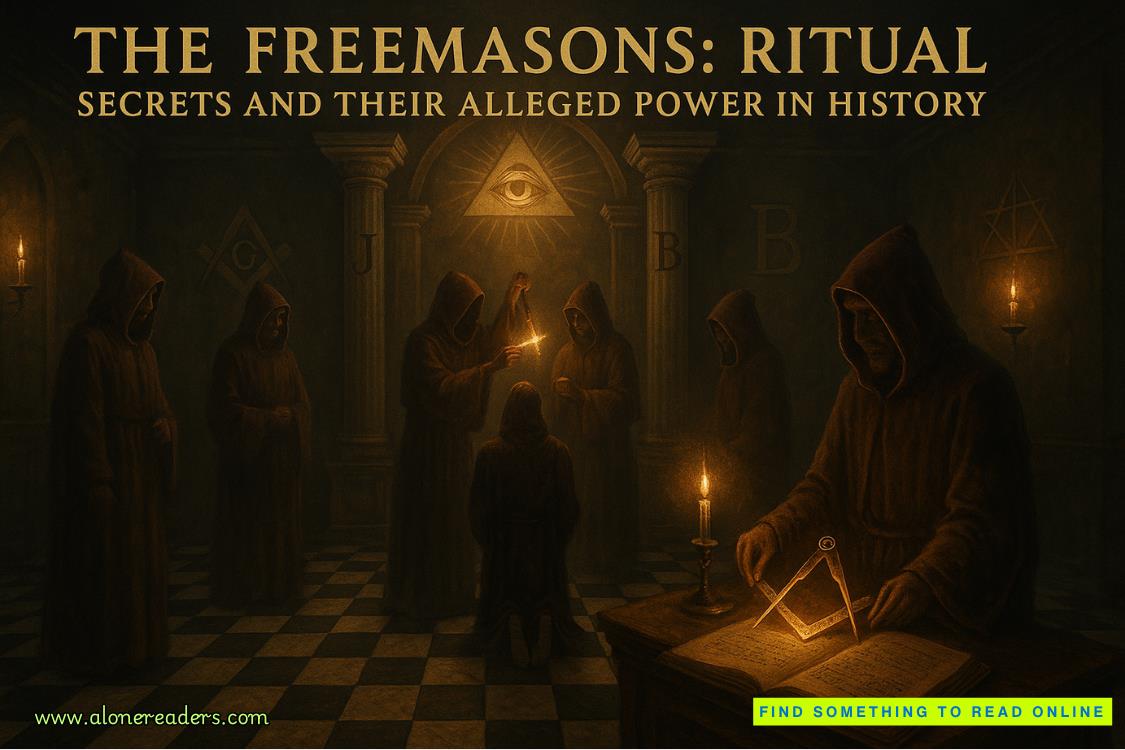Page 17 of When You See Me
CHAPTER 6
FLORA
D.D. DRIVES. THE RENTAL CAR is in her name and I wasn’t going anywhere without her, that much was clear. Keith sits in the back. I could tell he was torn about joining us, his concern for me warring with his desire to track down that agent and get his hands on Jacob’s laptop. But in the end, he chose me. Should I be flattered?
No one speaks. We stare out our windows, study the bright sky and the miles of concrete that seem to be Atlanta.
I was here once before. In a local hospital after the raid on Jacob’s motel room. Then I was debriefed at the FBI field office, which wasn’t even this field office but a tall, black glass monstrosity that looked like Corporate-R-Us. At least the new brick campus appears governmental. But none of it feels familiar. None of it triggers... anything.
I’m still a mountain girl. Which makes the next part of our day—heading north to search hiking trails for human remains—all the more difficult to take. The woods should be a place of respite.
Now all I can think about is Jacob marching some poor girl up a trail to her own death.
—
THE FORENSIC ANTHROPOLOGIST IS DR. Regina Jackson. She is a brisk black woman, not surprised to see us, so apparently SSA Quincy phoned ahead. She wears dark blue Crocs, turquoise scrubs, and a white lab coat. She shakes our hands and studies us as hard as we study her. I don’t know much about forensic anthropology, just what I’ve seen on TV. I’m surprised by her surgical scrubs and wonder if we’ve interrupted a dissection.
Then, I can’t help but stare at her thick black hair, pulled back in a tight bun, for any bits of flesh, fragments of skin. Keith is equally wide-eyed, but then, he treats all meetings with real-world crime experts with the wonder other people reserve for star athletes. Prior to meeting me, most of his experience with investigations came from searching the internet for articles on cold cases. Now he’s a regular at BPD headquarters, sitting in on FBI meetings and shaking hands with a forensic anthropologist. Should I be concerned he’s attracted to me for the company I keep?
We clear security, then Dr. Jackson leads us down the kind of long sterile hall that I associate with hospitals, morgues, and government buildings. The floors are polished concrete, the walls painted cinder block, the hanging lights fluorescent. By end of day, everyone must have massive headaches.
She pushes through heavy double doors into a larger, colder space. In the corner, I spy the entrance to what appears to be a small office. Dr. Jackson’s name is next to the door, but she doesn’t head for it. Instead, she cuts a straight line past several large stainless-steel tables—for bodies, for bones? On our right are rows of metal bookshelves filled with what appear to be extra-long shoe boxes. Every box is the exact same color—cream. All are labeled with scrawled black numbers.
Case numbers. For the bones inside. Dozens and dozens of sets of remains.
Again, the three of us proceed in silence, the only sound the clack of D.D.’s heeled boots against the floor. On the far wall is a span of pale wooden cabinets with a solid surface countertop. More workspace, I realize, as the full array of tools, papers, and clutter becomes clear. Then, sitting in a small pool of cleared space: Lilah Abenito.
Her reconstructed face stares at us like a chiseled bust. Dark sightless eyes bore into me. Long brown hair, heavy brows, graceful jawline. As one, we slow.
She is young, I think. Beautiful. Innocent.
She is everything Jacob loved to destroy.
—
DR. JACKSON EXPLAINS THE FACIAL reconstruction methodology to us: “We are fortunate to have a local artist, Deenah, whom I consider one of the best around. She’s a sculptor in real life, and while I love science as much as the next expert, I believe her when she says all skulls want to reclaim their skin.”
She glances at us, and I realize she’s serious. It makes me finger my own cheeks. Does my skull love my skin? Beside me, I realize Keith is doing the same. We both shudder simultaneously.
“The first step,” Dr. Jackson continues, “is to place markers along the skull to establish tissue depths for the forehead, cheeks, jawline, etc. Once the markers have been placed—which takes weeks of careful measurement—Deenah fills in around each marker with clay.”
Dr. Jackson regards us matter-of-factly. “We always use earth-colored clay and brown eyes. In theory, bones don’t tell us coloring, so brown is considered neutral. In the case of Lilah, however, given her Hispanic heritage, the coloring probably is accurate.
“The last step is photographing the results. Deenah takes the final photos herself. Proper lighting is important, and the skull must be shot from several angles. The photos are always taken in black and white—because, again, we can’t be sure of coloring. The images are then loaded into the nationwide database of missing persons. In this case, we had a hit within a matter of days. Lilah Abenito.” Dr. Jackson’s voice softens as she says the name and I realize this process is personal for her. She and this artist have worked together to bring this skull back to life. And in doing so, hopefully grant this girl some justice and her family some closure.
“Once we had a name, I requested Lilah’s full case file, including medical records. I found a notation regarding a fractured left humerus, which I was able to match with a healed fracture in the same place on the remains.”
“In other words, you’re certain this is her,” D.D. states.
“As certain as it gets in this kind of work.”
“But you don’t have a cause of death?”
“The remains were discovered fully skeletonized. Unfortunately, there are many CODs that bear no impact on bones. Asphyxiation. Drug overdose. Poisoning. Even exsanguination. As long as the blade didn’t hit bone upon entry, there would be no indicator of the initial wound, or the act of violence that led to death.”
“Can you tell if she was... tortured?” I’m not sure how to ask the question. “Signs of cutting, knife work. Maybe not major damage, but something more subtle?”
“Assuming the blade struck bone,” Dr. Jackson says, “yes, we would find evidence. And assuming we had the bone in question. Unfortunately, we’re still missing significant pieces of this skeleton. For example, most of the rib bones are still unaccounted for. At this time, there are more things I don’t know about these remains than I do.”















